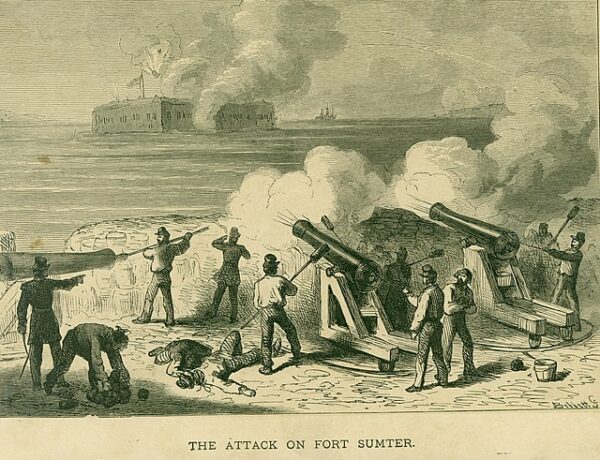The Battle of Fort Sumter marked the igniting point of the American Civil War, a cataclysmic conflict that tore the nation apart. Situated on an island at the entrance to Charleston Harbor, South Carolina, Fort Sumter held strategic significance as a federal stronghold in Confederate territory.
Tensions between the North and the South had been escalating for years over issues such as slavery, states’ rights, and economic disparities. When Abraham Lincoln won the presidency in 1860, advocating against the expansion of slavery, many Southern states viewed his election as a threat to their way of life. By the time Lincoln took office in March 1861, seven Southern states had already seceded from the Union and formed the Confederate States of America.
Fort Sumter, under the command of Major Robert Anderson, remained one of the few federal installations in the South still under Union control. The Confederate government demanded its surrender, but Anderson refused. On April 12, 1861, Confederate forces, under the command of General P.G.T. Beauregard, bombarded the fort, initiating the first shots of the Civil War.
The Confederate bombardment of Fort Sumter lasted for 34 hours, during which the fort’s defenders, vastly outnumbered and outgunned, could do little in response. Despite sustaining heavy damage, there were no fatalities during the shelling. Finally, on April 13, Major Anderson, recognizing the futility of further resistance, agreed to evacuate the fort.
The fall of Fort Sumter had profound consequences. Lincoln’s call for 75,000 volunteers to suppress the rebellion prompted four more Southern states to secede from the Union. The Civil War had begun.






